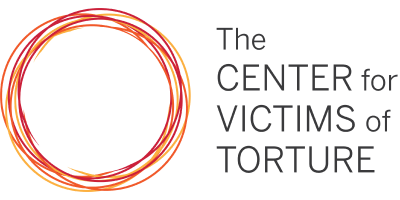CVT Past Project
The Center for Victims of Torture is dedicated to helping survivors heal from the wounds of torture and to ending torture worldwide. Often local organizations are already well positioned to serve survivors directly in contextually appropriate ways. Therefore, CVT works closely with local organizational partners to reach and serve many more survivors, communities and regions than we could on our own.
The Helping Survivors Heal (HSH) project was a capacity development project designed to expand survivors’ access to quality, evidence-informed care. The primary mechanism of change involved tailored partnerships with 12 selected local organizations in several major geographical regions. The HSH team of technical advisors worked collaboratively with partners to identify and achieve their goals related to organizational effectiveness – including service quality and organizational sustainability – and to strengthen the capacity of the mental health and psychosocial support (MHPSS) workforces in their local contexts. HSH also planned to reach additional service providers and organizations through less intensive remote capacity development activities offered through CVT and through cooperation with the International Rehabilitation Council for Torture Victims (IRCT).
There are four primary areas where the HSH team focused its work:
- Organizational Development focused on features at the institutional level that influence organizational effectiveness and sustainability. This included leadership, management and administrative capabilities; linkages with other institutions; compliance; staff care and resilience; and resource development.
- Mental Health and Psychosocial Support Treatment focused on the therapeutic interactions between providers and clients. This included the use of reflective practice, clinical supervision and evidence-informed care adapted to the cultural context, core clinical competencies and staff care practices.
- Service Management focused on project, program, center and clinic management and administration to ensure high-quality service delivery to survivors of torture. High-quality care included many features, such as standards for ethical, equitable, efficient and effective care.
- Monitoring, Evaluation and Learning focused on tracking service delivery, providing ongoing feedback for improvement, understanding both intended and unexpected outcomes from services, generating evidence that can be used for adaptation / innovation and learning across stakeholder groups.
This project was made possible by the generous support of the American people through the United States Agency for International Development (USAID). The contents were the responsibility of CVT and did not necessarily reflect the views of USAID or the United States Government.
